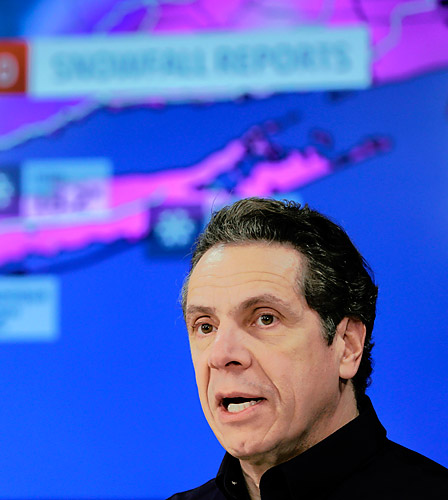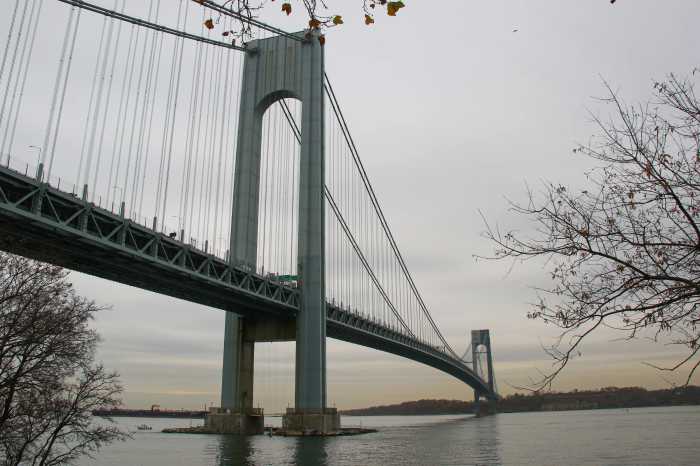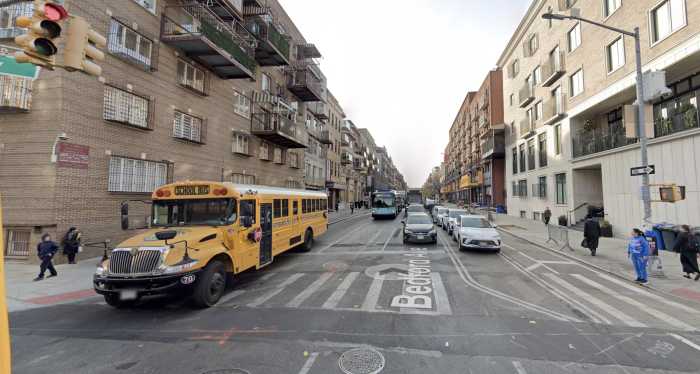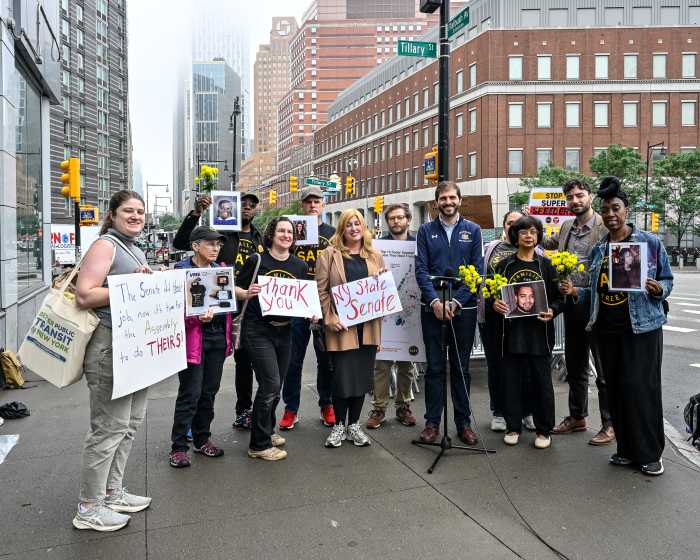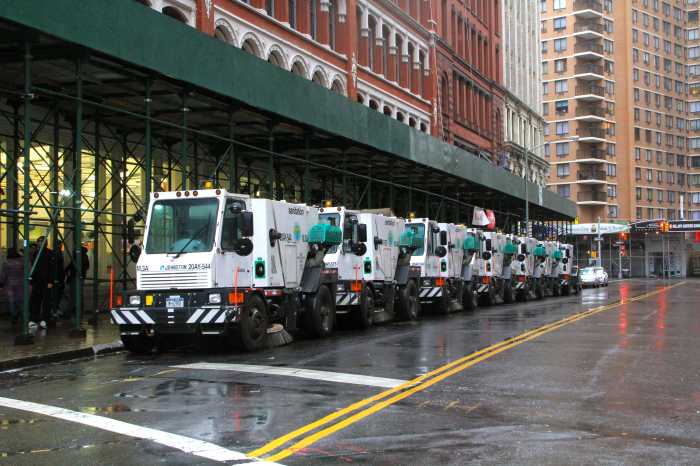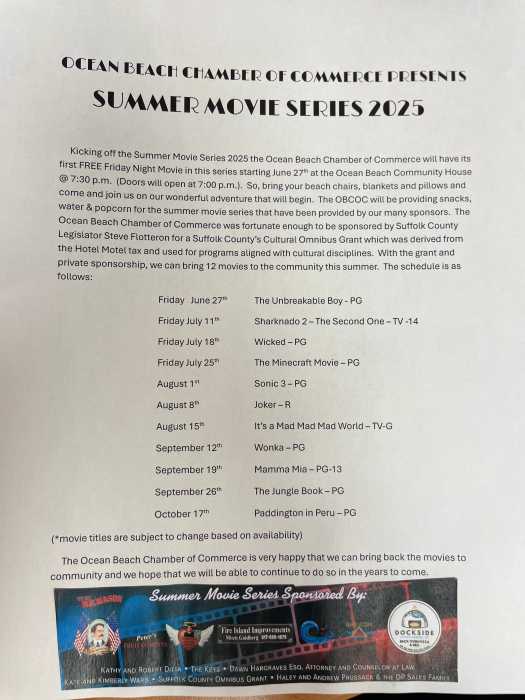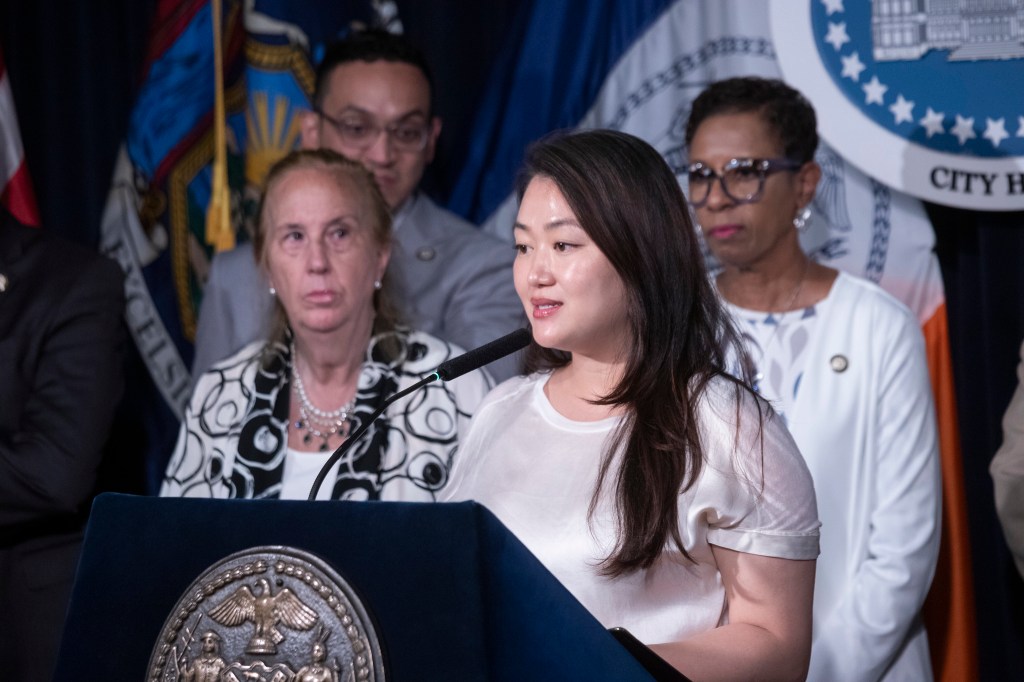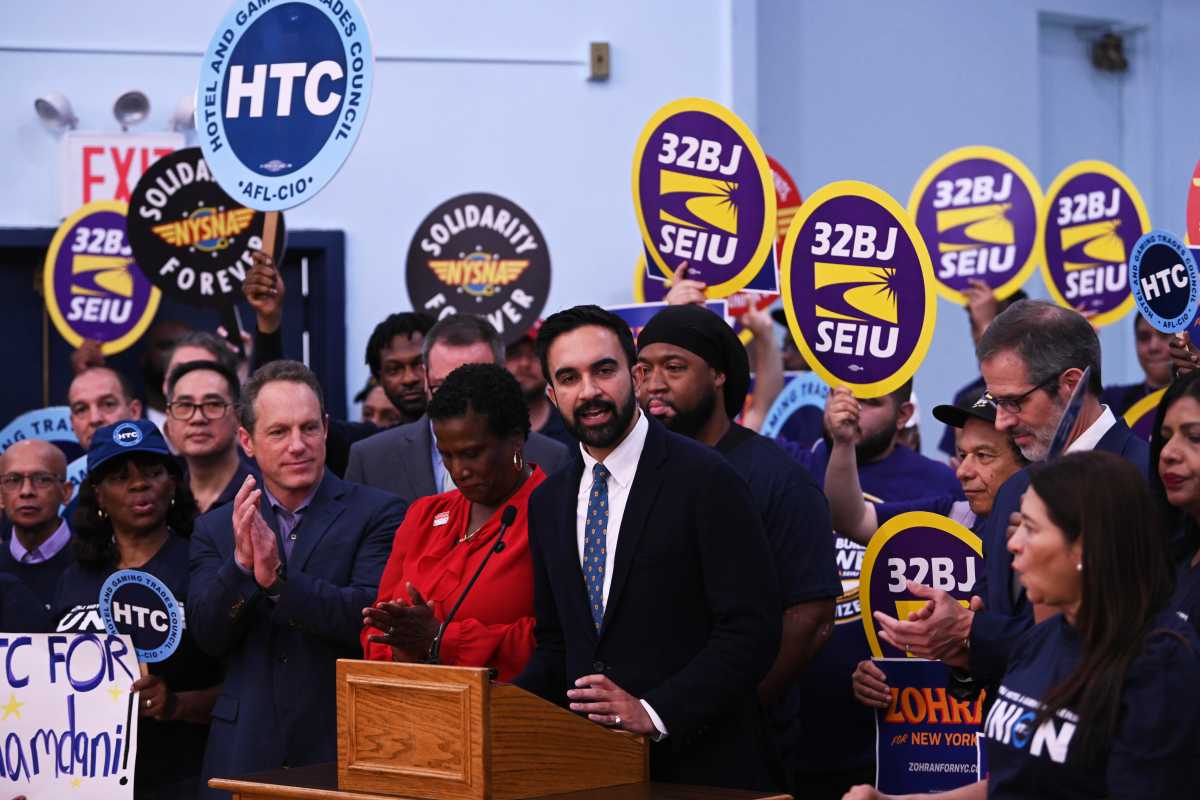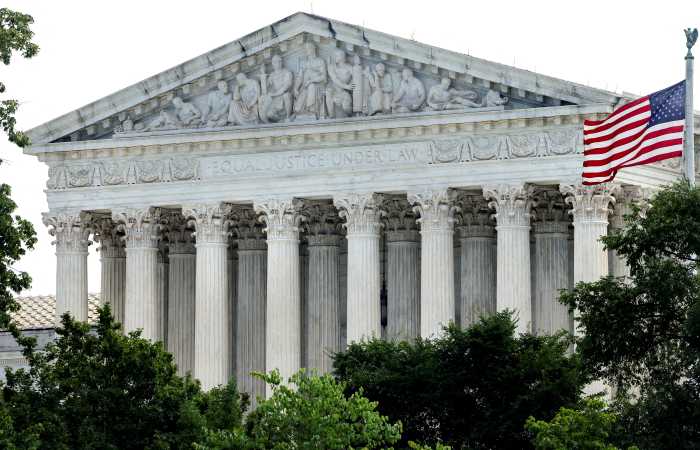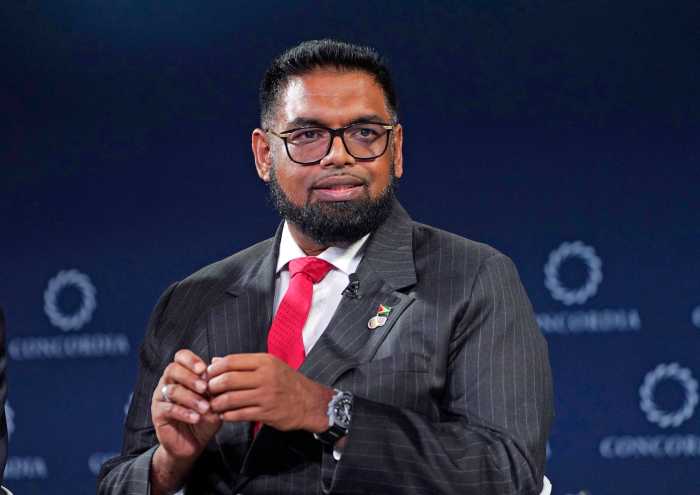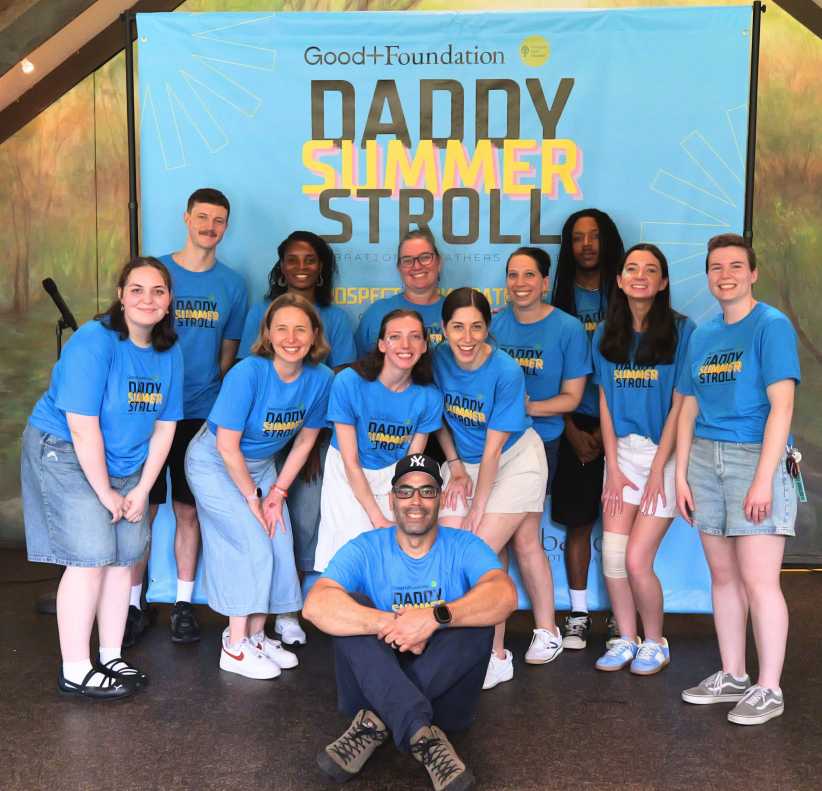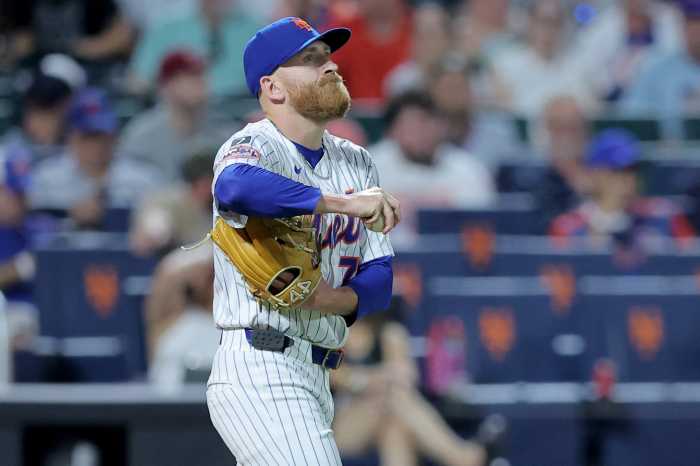On Tuesday morning Gov. Andrew Cuomo defended his decision to suspend subway service overnight on Monday, in the wake of revelations that the trains ran empty all night, and charges that the move ran against common sense.
The storm that meteorologists predicted would dump two-to-three feet of snow on Brooklyn wound up leaving a mere four-to-six inches on the borough, but subway service was not restored until around noon, and many Brooklynites opted to stay home, leaving stores closed and subway platforms sparsely populated. Cuomo said his call to keep passengers out of the city’s train system for the first time ever during a snowstorm came out of an abundance of caution.
“My attitude is if there’s a lean one way or another, if you will, lean toward safety,” he said. “I’ve seen the consequences the other way, and it gets very frightening very quickly. I’ve seen people put in extraordinarily dangerous situations, and we’ve had people die in storms. I’d much rather be in a situation where we say we got lucky than saying we didn’t get lucky and somebody died.”
The statement followed an exclusive Brooklyn Paper report in which Metropolitan Transportation Authority insiders slammed the governor for catching emergency transit managers off guard with his announcement of the closure late Monday afternoon, saying that the stoppage stranded New Yorkers unnecessarily because the trains had to run all night to help keep the tracks clear.
Mayor DeBlasio, too, learned of the closure plan at the last minute.
“We found out just as it was being announced,” he told reporters on Tuesday.
Our Monday night report of trains traveling empty citywide was borne out by data and witness accounts. Around midnight, the NYC Subway Time app for Android showed train activity in both directions on all lines that normally run at night. Through the early morning, Twitter users and others reported seeing passenger trains plying city tracks, including several F trains on the Culver Viaduct, running between Park Slope and Carroll Gardens.
The transit agency’s head acknowledged the ghost trains, but said they don’t mean the system could have been operational for public use during the storm.
“There’s a difference between running what we call an equipment train and ones with passenger service,” said Authority chairman Tom Prendergast, who joined Cuomo at the Tuesday morning briefing. “We run them irregularly to keep the lines clear.”
Cuomo said the problem of whether to bar passengers from the system is less cut-and-dry than critics claim.
“What is underground and what is exposed to the elements is a very precise science,” he said.
Prendergast added that preparing a special schedule to restrict service on outdoor tracks while running underground trains is “tough.” He also cited the December 2010 snowstorm that stranded dozens of trains and hundreds of buses around the city as proof the stoppage was the right thing to do.
The statement was an about-face from the afternoon prior, when Prendergast said that a stoppage of underground service wouldn’t make sense because snowstorms don’t affect tunnel-bound trains.
“I don’t believe so, because there’d be no reason — because we’ll be able to run trains,” Prendergast said. “It’s an essential service for people who must get around, including our own employees.”
The transit agency’s snow response plan outlines service reductions and emergency train-car positioning to continue operating through heavy storms, according to WNYC.
Cuomo has halted train service for major storms before, including during hurricanes Irene and Sandy, when track flooding was a risk.
Cuomo added that he does not blame meteorologists for the dire predictions that did not materialize.
“I do not criticize weather forecasters,” he said. “I learn.”


